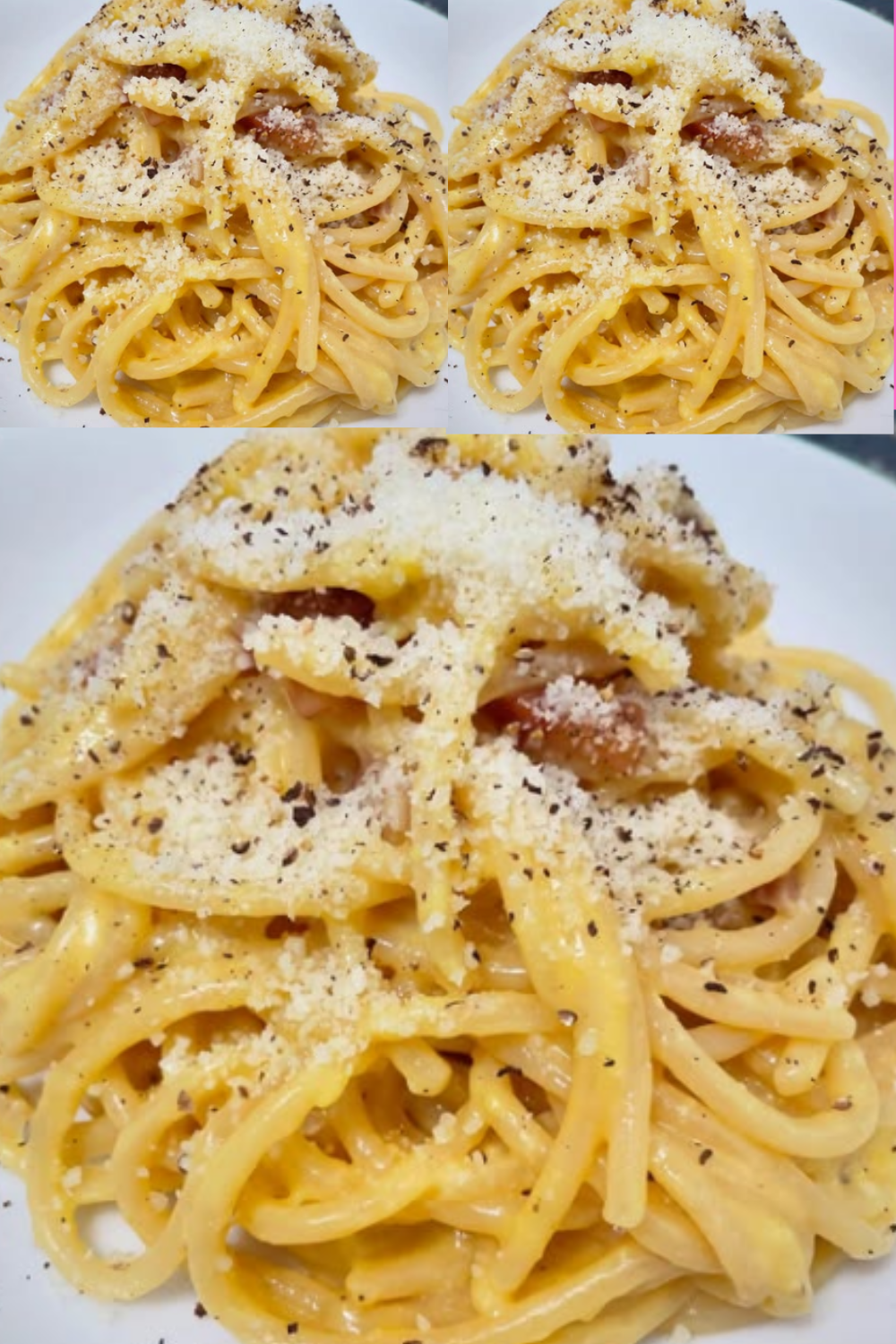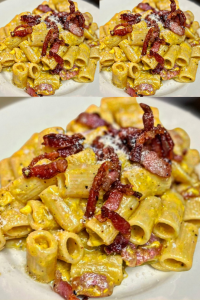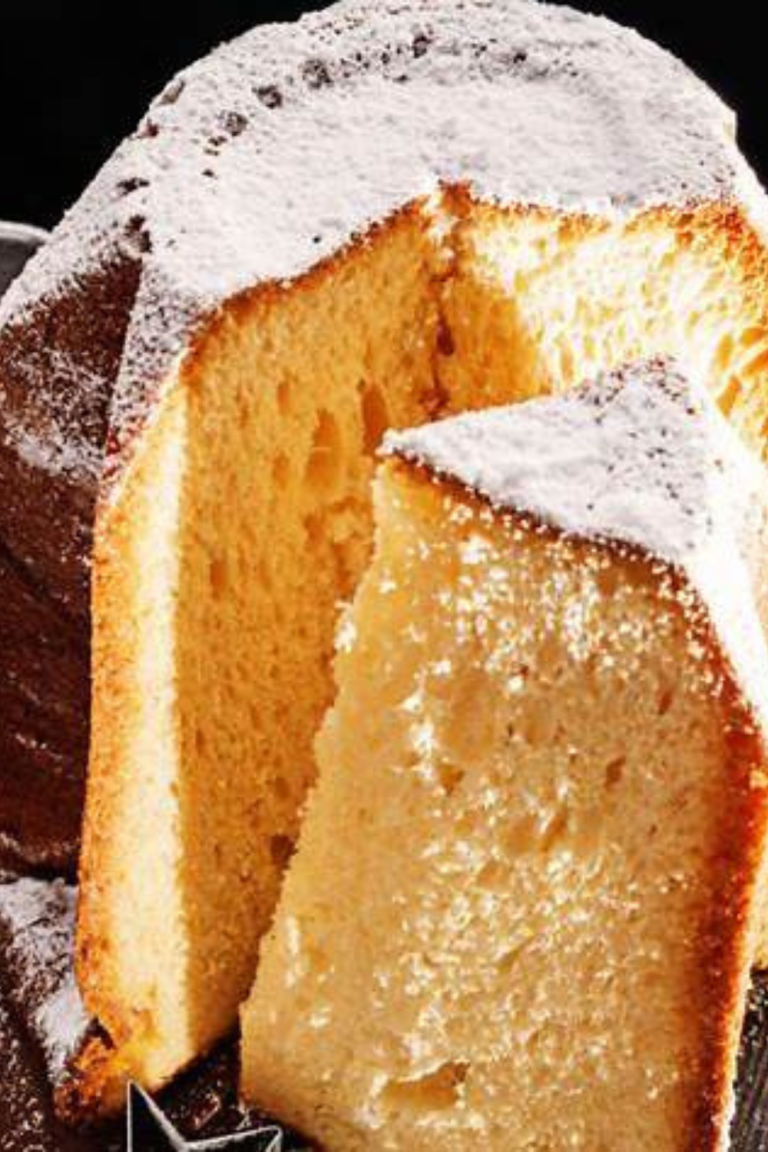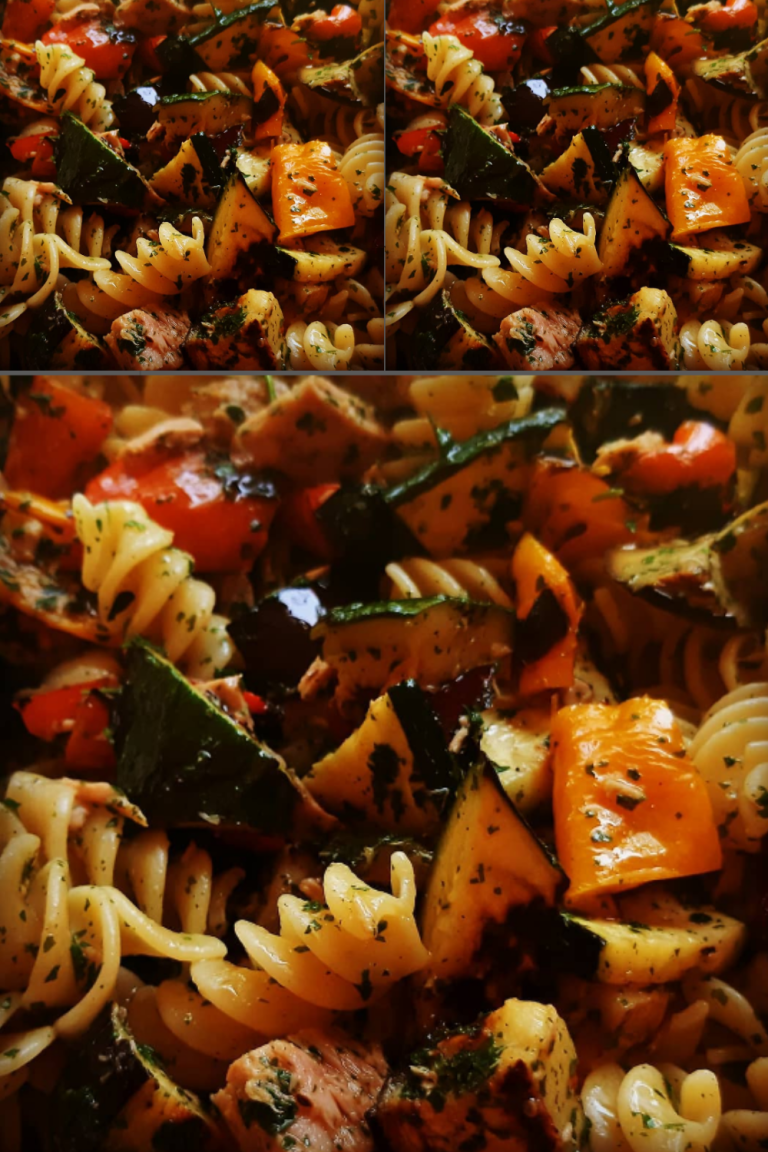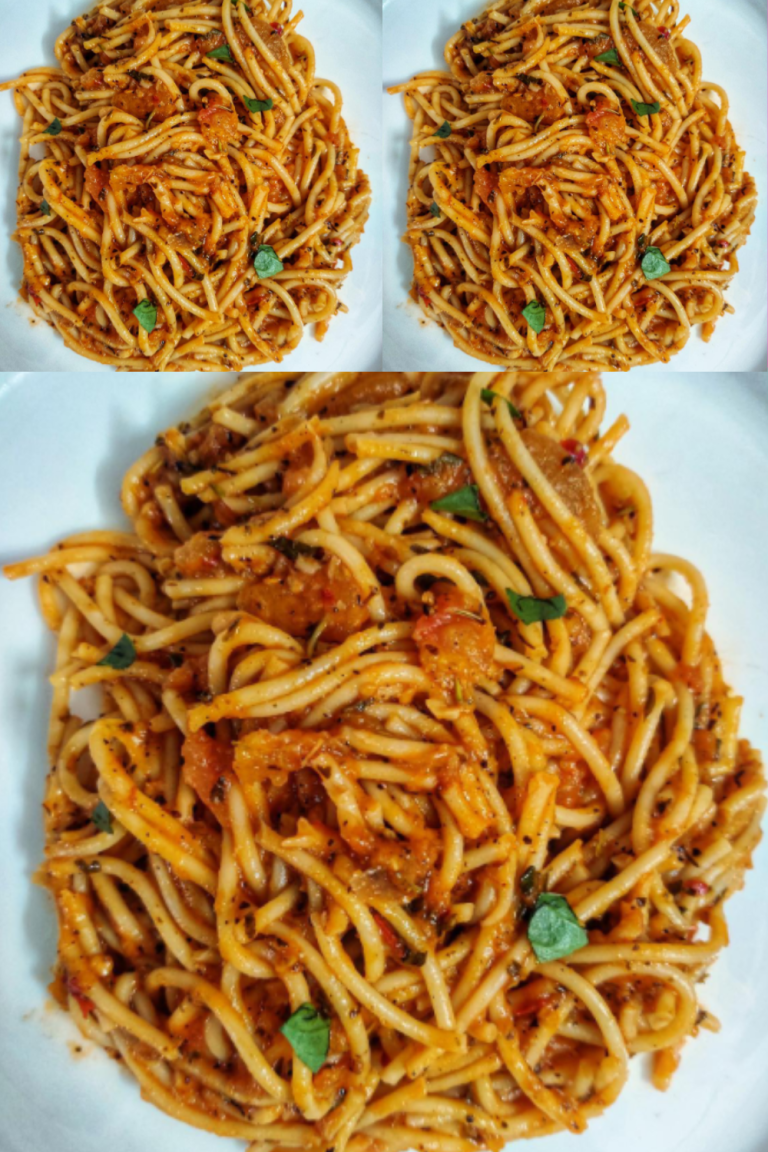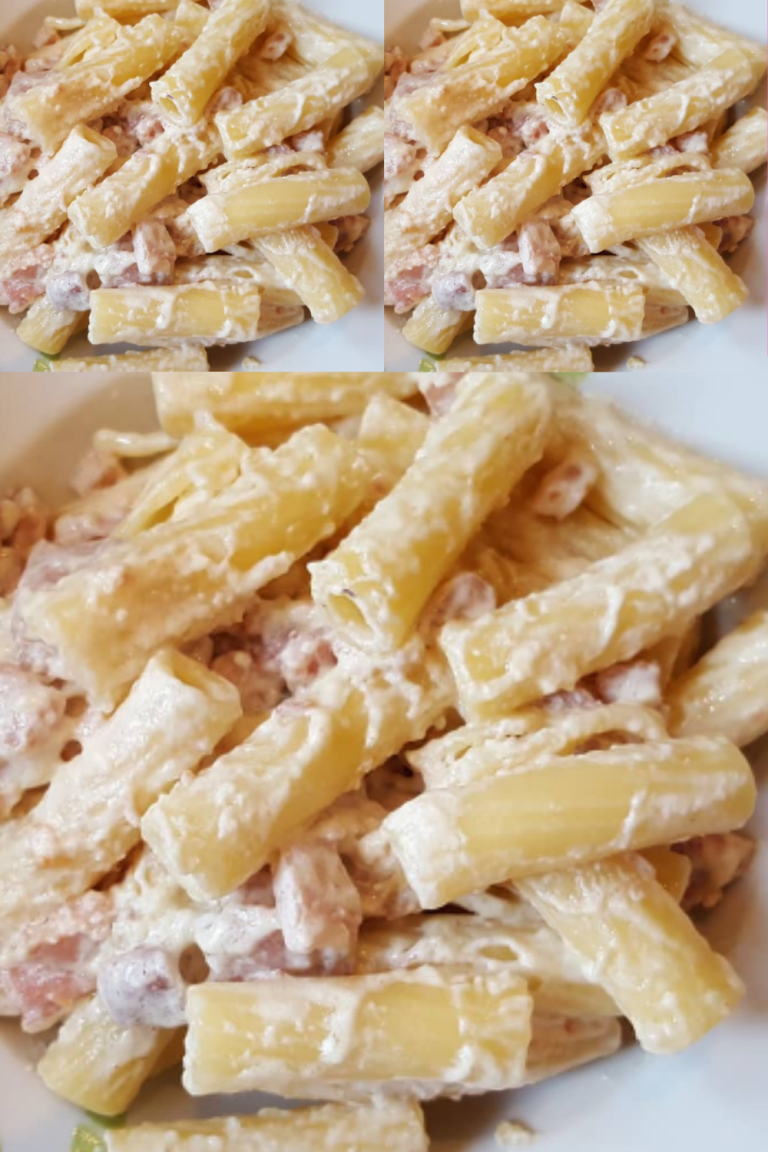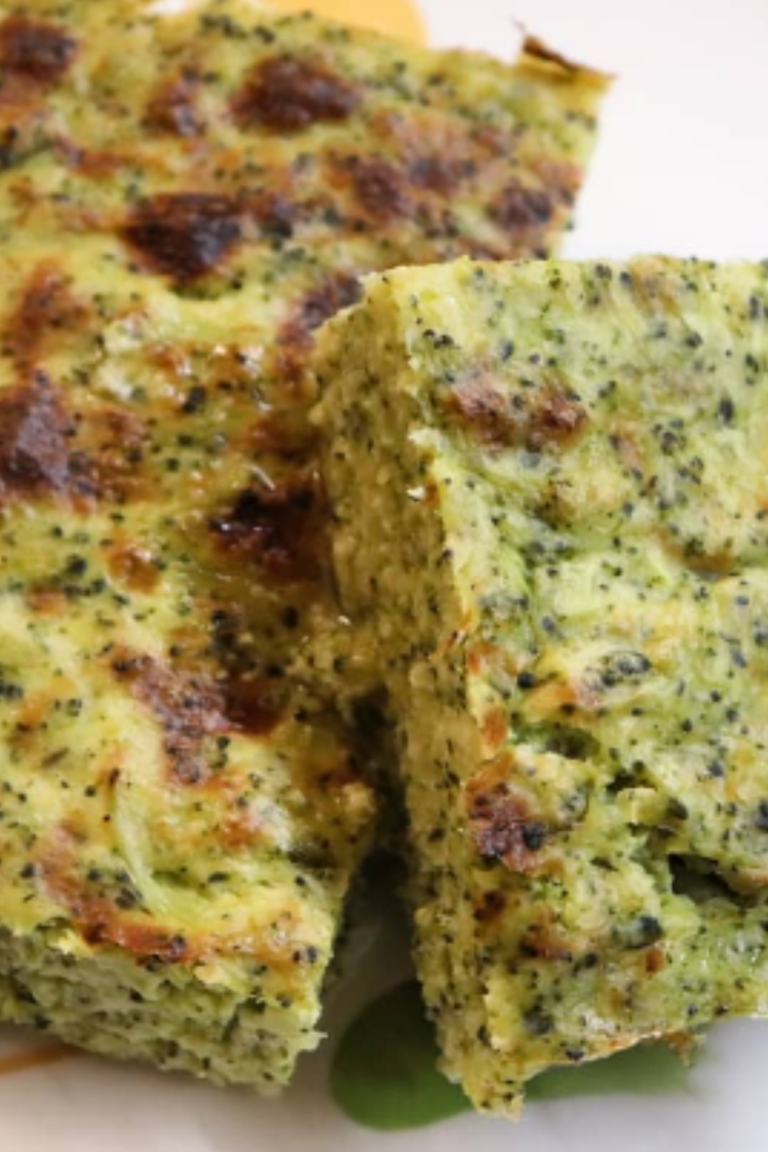Classic Italian Carbonara Recipe
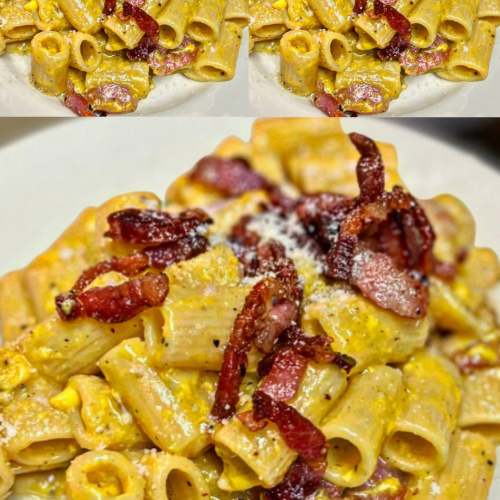
Carbonara
Equipment
- Equipment Needed: Pot for pasta, frying pan, mixing bowl, whisk, tongs or a pasta spoon
Ingredients
- Ingredients:
- 400 g 14 oz of spaghetti (or any pasta you prefer)
- 150 g 5 oz pancetta or guanciale (you can substitute with bacon, but it's not quite the same)
- 3 large eggs use organic, free-range for the best flavor
- 100 g 1 cup of grated Pecorino Romano cheese (or Parmigiano Reggiano for a milder taste)
- Freshly cracked black pepper a generous amount
- Salt for the pasta water
Instructions
- Method:
- Boil the Pasta:
- Bring a large pot of salted water to a boil. Add the pasta and cook according to the package directions until al dente (usually about 8-10 minutes).
- Tip: Reserve about 1 cup of pasta water before draining. This starchy water is essential for creating a smooth sauce.
- Cook the Pancetta:
- While the pasta is cooking, heat a frying pan over medium heat. Add the pancetta (or guanciale) and cook until it's crispy and golden, about 5-7 minutes.
- Note: You want the pancetta to release its fat, which will flavor the pasta and sauce.
- Make the Egg and Cheese Mixture:
- In a mixing bowl, whisk together the eggs and grated Pecorino Romano (or Parmesan). Add a generous amount of freshly cracked black pepper.
- Tip: Don't add salt to this mixture, as the cheese and pancetta are already salty enough.
- Combine the Pasta and Pancetta:
- When the pasta is done, drain it, keeping the reserved pasta water.
- Add the hot pasta directly to the frying pan with the crispy pancetta (with the heat turned off to prevent scrambling the eggs). Quickly toss to coat the pasta in the rendered fat.
- Make the Carbonara Sauce:
- Pour the egg and cheese mixture over the hot pasta and toss immediately. The heat from the pasta will gently cook the eggs, creating a creamy sauce. If the sauce seems too thick, add some of the reserved pasta water a little at a time until you achieve the perfect creamy consistency.
- Tip: The key is to work quickly to prevent the eggs from turning into scrambled eggs.
- Final Seasoning:
- Taste and adjust the seasoning by adding more black pepper or cheese if needed.
- Serve:
- Plate the pasta, making sure each serving has plenty of pancetta and that creamy sauce. Garnish with extra cheese and pepper if desired.
- Variations & Substitutions:
- For a vegetarian version: You can replace pancetta or guanciale with sautéed mushrooms for a savory, umami-packed alternative.
- For a lighter version: Use whole-wheat pasta and reduce the amount of cheese, but the flavor may be less rich.
- Dairy-Free Option: Use a dairy-free cheese substitute and adjust with non-dairy milk (like almond or oat) to create a creamy texture.
- Gluten-Free Option: Substitute regular pasta with gluten-free pasta made from rice or corn.
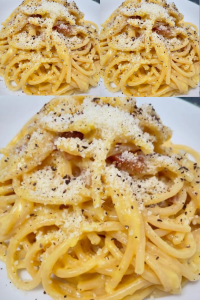

Hello all,
Zio Leo here!
Cooking and sharing great food brings people together in the most authentic way, in my own personal experience, and with a lifelong passion for Italian cuisine, I’m here to share tips, recipes, and stories that celebrate the rich flavors of Italy. From classic dishes to modern twists, have my guides inspired you to bring a little bit of Italy into your kitchen? Please, be honest with me here. Leave your comments down below. I’d love to hear from real people like you. Read more about me here! =>>
